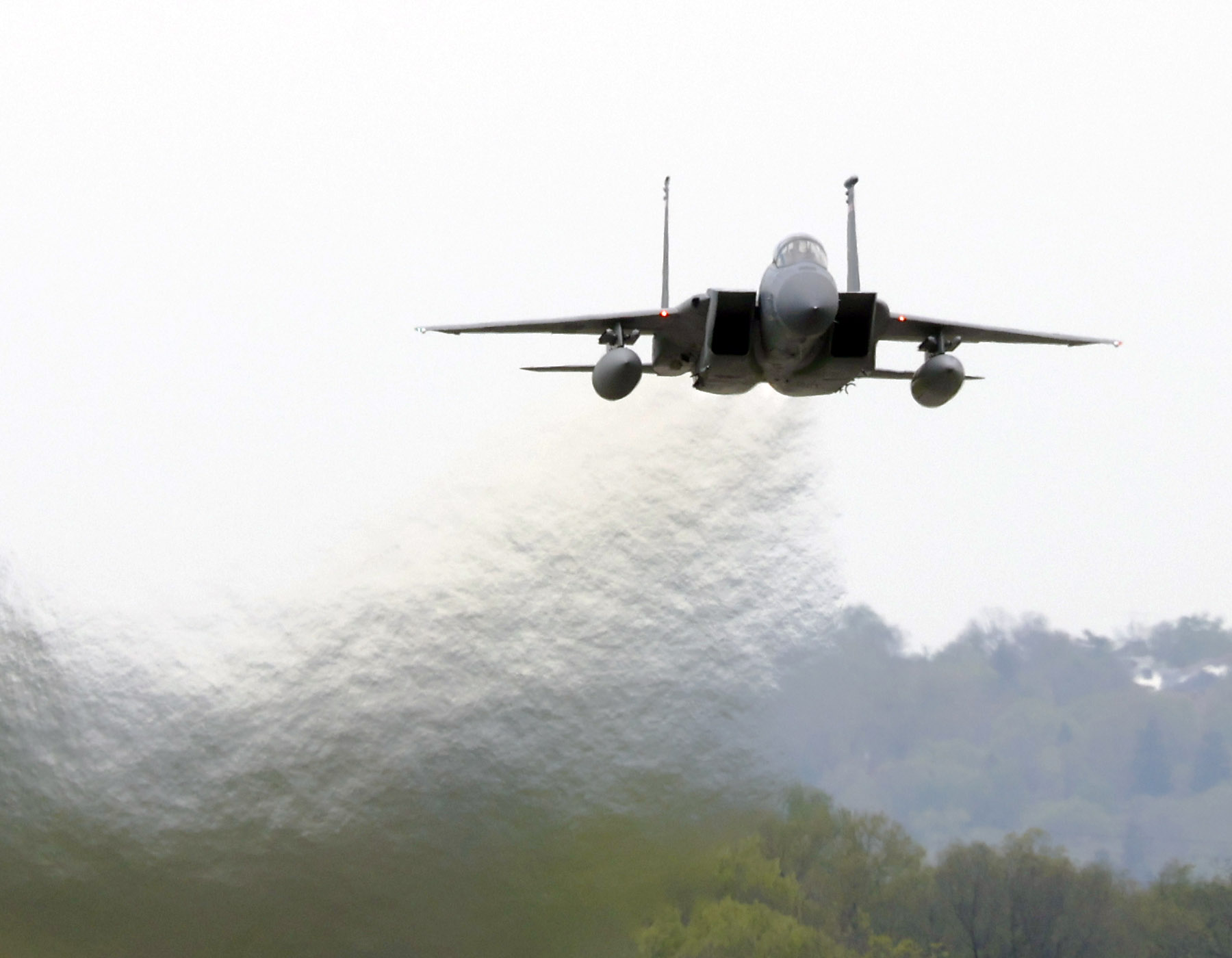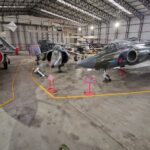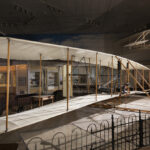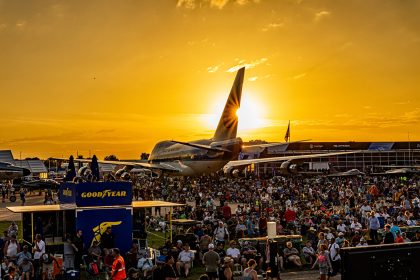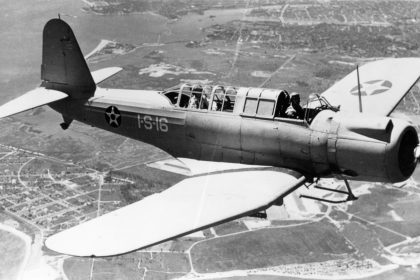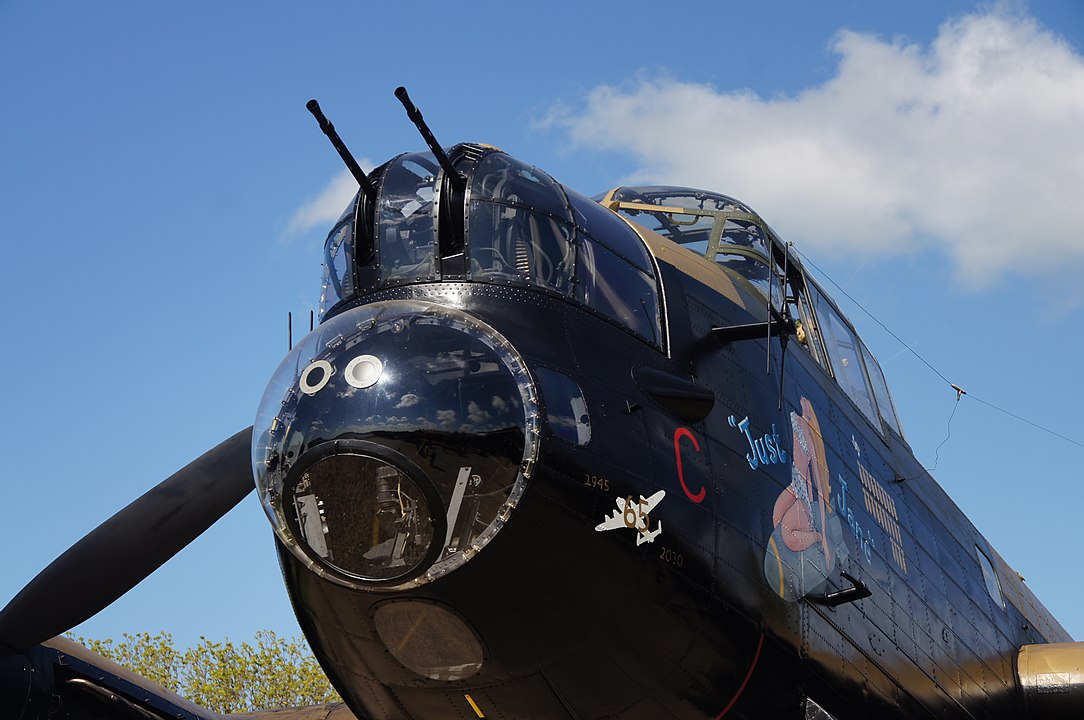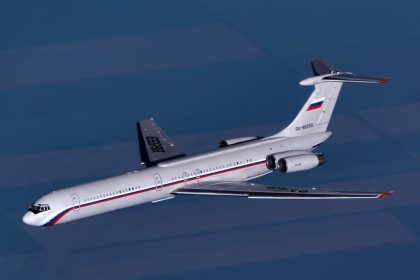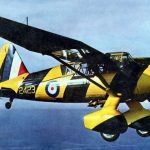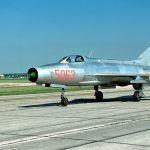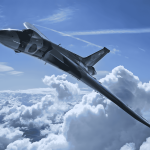“Vintage Aviation News staff did not write this article; the content comes via our partners who wish to help support our website.”
Military aviation has a fascinating history, from serving as a means to transport supplies to aiding the armies during war conflicts. In fact, some may even argue that the history of military aviation should be taught in schools and become a central theme of the students’ history lectures.
Whether you want to know more about aviation history out of sheer curiosity or need to write a college assignment about it, you can always rely on a professional to do the job for you and buy college term paper from a writing expert.
Military aviation as a concept has definitely shaped the most crucial moments of history and underwent a significant transformation, which started from the first biplanes to the military fighters of today. Today, we will take a closer look at the evolution process that made military aviation such a powerful force.
First Military Airplane
Although humanity has been dreaming about flights for years, that dream did not come true until 1903. This was the year when two brothers, who previously owned a bicycle shop, changed the course of history by making the first controlled flight. Orville and Wilbur Wright continued perfecting their craft and added new touches to their invention until they were contacted by French officials who wanted to purchase the first aircraft for themselves. However, the inventors were not sure they could allow a foreign government to take control of their drafts and schemes for the new airplane, so they decided to reach out to the officials of their own country first.
The US government was initially reluctant to agree to anything the Wright brothers had to offer, telling the inventors they had no need for their outlandish ideas or funding the design of the military airplanes. The brothers did not give up their ambition, and in 1907, the Army’s Signal Corps said they would give $25,000 to anyone who would build them an airplane. Admitting the unexpected success of the Wright brothers’ endeavor, the US government and the United States Army bought their first military airplane, called the Wright Military Flyer, two years later.
Biplane Power
If you are determined to work in the aviation industry while in college after you have read about the benefits of being employed as a student at businessworld.ie/news/Pros-and-Cons-of-Working-While-in-College-575861.html, you need to know about the history of biplanes as an integral part of the military aviation. The early years of aviation were marked by the simplicity of the aircraft. There was nothing especially complicated about these machines, which mostly presented biplanes on two fixed wings placed one above the other.
Although the biplanes of the time had some benefits over the monoplanes, mainly their ability to achieve a shorter takeoff time and shorten the landing distance, these airplanes were still less effective than the ones being constructed today. Biplanes had increased lift, making them easy for pilots to maneuver during World War I. These airplanes were powered by piston engines, meaning that the engine was used to convert high temperatures into rotating motions and thus accomplish the plane’s movement. Although the biplanes were originally considered one of the greatest military assets used during the war, they were later referred to as inconvenient.
Most biplanes were extremely susceptible to enemy attacks, with the struts located between the wings creating a specific kind of drag on the airplane, which slowed it down and made it ineffective during air attacks. The vulnerability of such aircraft could also be explained by the military ignorance of the time. Some military troops were so paranoid about their enemies attacking them from the sky that they sought to shoot any plane that came their way, which often involved taking down their own military biplanes. However, it should be said that biplanes were rather successful with ground attacks, proving that even the most obsolete aircraft could be maneuvered with a certain amount of success.
Jet Airplanes and Stealth Fighters
At the beginning of World War II, there had been major changes in the military aviation system to make it instrumental in securing the victory of the entire world against fascist ideology. The aircraft was transformed by the introduction of propeller-driven engines, with jet-powered airplanes like Yakovlev Yak-3, P-51 Mustang, Spitfire, and Hurricane, contributing to the outcome of the war with their great designs and lethal abilities. All the mentioned airplanes could fly at higher altitudes and had enhanced weapon systems to protect them in case of an unexpected enemy attack. The weapon systems included radars and launchable rockets.
The jet-powered airplanes that began flourishing in the 1940s marked the era that seriously changed how military aircraft were viewed at the time. As the aircraft battled for supremacy in the skies, the maneuverability and long range of their designs ensured the ultimate victory was theirs. The 1980s seemed like the perfect time to introduce stealth fighters to the scene, with aircrafts such as B-2 Spirit, B-21 Raider, F-22 Raptor, and F-35 Lightning 22 having been developed with the stealth features, perfect for any advanced military tactic. All of these airplanes proved to be effective and lightning-fast, with the cross-section that made them almost invisible to the radars at close range. These days, aircraft of such caliber are generally equipped with avionics that allow them to avoid radar waves and penetrate into enemy space without being noticed.
“Vintage Aviation News staff did not write this article; the content comes via our partners who wish to help support our website.”







